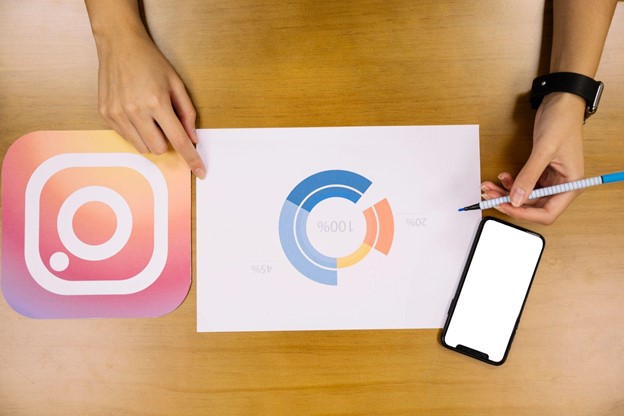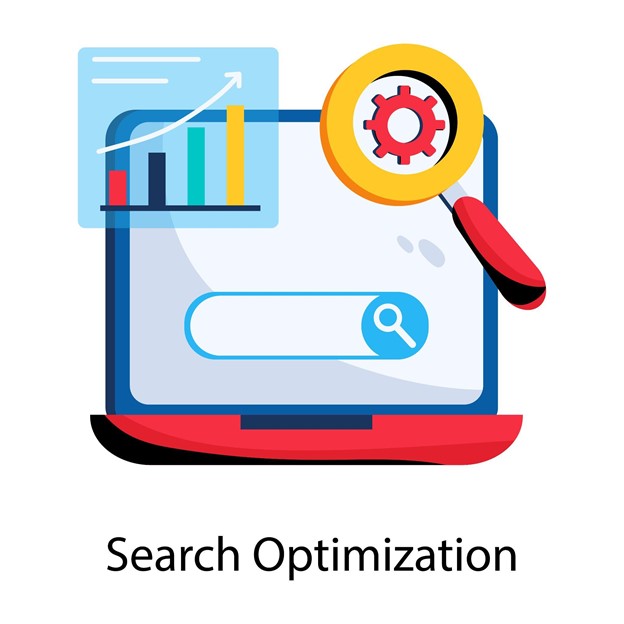How to Increase Your Instagram Following
Although expanding your audience on Instagram can be daunting, with the correct tactics you will witness consistent, long-term expansion. Whether your business is small, you are influential, or you just enjoy telling your story, knowing Instagram marketing will enable you to connect with more people. This article will go over doable advice, new ideas, and tested methods for increasing your following while maintaining the integrity of your brand. Knowing Your Audience First of all, you really must know who you are talking to. Describe your perfect follower first: What interests, problems, and online behavior they exhibit. Explore Instagram marketing insights then to monitor content performance, activity timings, and demographics. Use such information to customize your stories and postings so they appeal. You enhance visibility and inspire conversation by matching your content calendar with times of highest engagement. Creating Excellent Content Quality counts. Regular, aesthetically pleasing posts grab new eyes and keep followers interested. For sharp, clear images, think about investing on a basic lighting arrangement or using natural light. Especially reels, video material has become rather popular; hence, try using quick, snappy clips to highlight your own style or highlight a talent. Social media optimization goes beyond hashtags; it’s about making your material interesting and discoverable on the platform. This is thebest strategy for instagram marketing. Using hashtags and location tags Your reach will be much increased by using location tags and focused hashtags. Still, try not to overstretch; keep to five to ten pertinent tags every post. For better targeting, mix broad tags like #sustainablestyle with more general ones like #fashion—should you be in fashion. Location tags also let local viewers locate you. To really access local communities, try tagging at the neighborhood or city level. Interacting with Your Community Encouragement of real relationships is one of the best approaches to grow naturally. Respond to comments on your own posts and offer careful remarks on material of others. Follow accounts consistent with your niche and participate often. This two-way connection promotes reciprocity; often, those users will follow back and review your profile. Furthermore, “slide into DMs” graciously congratulate new members or work with colleagues—this human touch really makes a difference. Cooperation and Shouts for Change Working with complementary brands or influential people will introduce you to fresh markets. Under this subject, let’s examine two basic forms of teamwork: Ask a friend or influencer to spend a day posting on your Stories or feed so that their viewpoint may be shared with your followers. Exchange notes in Stories or posts, motivating readers to follow both sides based on mutual shoutouts.Both styles let you access new communities by providing real windows into the worlds of many creators. Perfecting Your Profile Your digital corporate card is your Instagram profile. Make sure your bio properly identifies you, what you offer, and has a call-to- action link—probably to a website, blog, or most recent campaign. Choose a headshot for individuals or a recognized profile photo (brand logo). Sort significant stories in your Highlights area by subject, product, or topic. This method guarantees that fresh guests may grasp your value proposition rapidly. Leveraging Instagram Marketing Tools Instagram releases new features all the time; embrace them early to get algorithmic favor. From Reels and IGTV to Guides and Shopping tags, every tool presents several opportunities to highlight your business. Using Instagram Marketing techniques inside Reels, for example, can increase discoverability; shopping stickers streamline the purchase procedure right inside the app. Frequent testing new technologies not only keeps your material current but also tells Instagram you are a dynamic, involved user. Arrangement and Consistency Consistency fosters confidence. Create a content calendar including themes, article kinds, and publishing dates. Later or Buffer tools let you plan posts ahead, so guaranteeing you never miss a posting day. For a balanced feed, mix evergreen material—timeless posts—with frequent updates—news, trends. Your audience will know when to expect fresh information by keeping a consistent pace, therefore lowering drop-off in involvement. Evaluating and Changing Your Approach There is no flawless plan from beginning. Review your Insights often to find which entries generate the most following, saves, and interaction. Ask yourself: Which forms or subjects are underperforming? From which reels are most often shared? Then start iteratively. Change your approach, try several caption styles, post lengths, or call-to-actions. Remember; social media optimization is a continuous activity; improvement results in expansion over time. Final Thoughts Increasing your Instagram following is about creating excellent material, engaging genuinely, and over time optimizing your approach—not about short cuts. Thoughtful Instagram marketing combined with clever social media optimization strategies will create a community that truly interacts with your company. Take these ideas, modify them to fit your style, and begin expanding your audience right now—remember, development is a road rather than a sprint.



